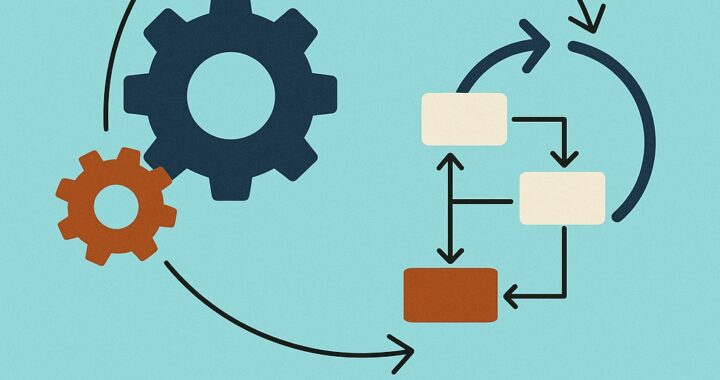Team performance isn’t just about individuals.
It’s easy to think that better performance comes from individuals working harder, being more skilled, or more motivated.
But let’s be real, lasting change doesn’t happen through individual efforts alone.
True, sustainable improvement comes from how the team functions as a whole.
When you look at a team through a systems thinking lens, you start to see how everything connects, the relationships, the communication flow, and the processes that shape how work gets done.
Think about it: In any company, you have a team of teams. Each department is a unit, and when you map the entire system, patterns start to emerge.
Are silos forming?
Are communication bottlenecks happening?
Are feedback loops broken?
Systems thinking helps us break down these patterns at their core.
Instead of fixing small problems here and there, we address the system itself.
And when the system improves, performance improves, sustainably.
Now, here’s where it gets interesting.
Social Network Theory tells us that the quality of relationships within a network, or a team, drives collaboration and results.
Strong interactions matter just as much as individual talent.
So, why not make things easier and start with a process designed for continuous improvement from the start?
That’s what Scrum is all about.
It creates an adaptive system with regular feedback (Sprint Reviews and Retrospectives), breaks down silos with cross-functional teams, and ensures constant learning.
But here’s the catch: A Scrum Master, or any leader, needs to see the whole system, not just the parts, or only step in when things go wrong.
Real transformation happens when leaders foster a safe space for learning, reflection, and constant adaptation.
– Have you seen teams improve by focusing on the system, not just individual performance?
– How has your team handled silos or communication bottlenecks in the past?
– Do you feel your team has the space to reflect and continuously improve?
– Even if you’re new to these concepts, I’d love to hear your thoughts or questions! Let’s get the conversation going.

